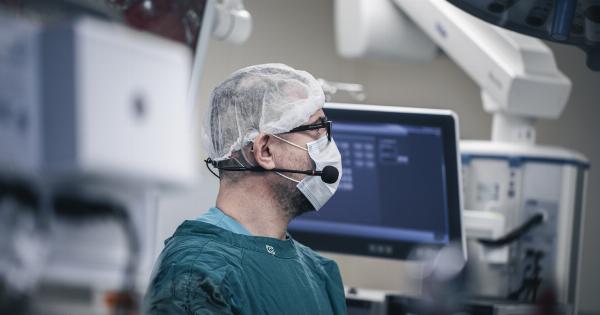Artificial joint replacement surgery has become an effective treatment for joint diseases such as osteoarthritis and rheumatoid arthritis.
Over the years, significant advancements have been made in artificial joint technology, resulting in better outcomes and lower revision rates. This article will discuss some of the most recent advancements in artificial joint technology.
Customized Implants
Conventional joint replacement surgery involves selecting an implant from a range of standard sizes. However, everyone’s anatomy is different, and one size does not fit all.
Customized implants utilize 3D printing technology to create a patient-specific implant that is designed to fit precisely into the patient’s joint. This results in less wear and tear and better long-term outcomes.
Robotically Assisted Surgery
Robotically assisted surgery has been around for a while now, but it is becoming increasingly common in joint replacement surgery. Robots are used to assist the surgeon in performing the surgery with more precision and accuracy.
The robot ensures that the implant is placed at the correct angle and depth, reducing the risk of complications and improving outcomes.
Smart Implants
Smart implants are embedded with sensors that give real-time feedback to the surgeon on how the implant is performing. This information can help the surgeon detect potential problems early on and can guide post-operative rehabilitation.
Smart implants can also improve patient outcomes by reducing the risk of implant failure.
Biomaterials
Biomaterials are materials that are designed to interact with the body in a specific way. In joint replacement surgery, biomaterials are used to create implants that are more compatible with the body’s natural tissue.
The use of biomaterials can improve implant longevity and reduce the risk of implant rejection. Researchers are also exploring the use of regenerative biomaterials, which can stimulate the body to regenerate its own tissues.
Nanotechnology
Nanotechnology is the manipulation of materials at the atomic and molecular level. In joint replacement surgery, nanotechnology is being used to create implants that are stronger, lighter, and more durable.
Nanotechnology is also being used to create coatings for implants that reduce the risk of infection and improve implant longevity.
3D Printing
3D printing is revolutionizing joint replacement surgery by allowing surgeons to create patient-specific implants and surgical guides.
3D printing technology creates a model of the patient’s joint, which is used to design an implant that fits perfectly into the joint. 3D printing is also being used to create customized surgical tools and guides that assist the surgeon in performing the surgery with more precision and accuracy.
Augmented Reality
Augmented reality is a technology that overlays digital information onto the real world. In joint replacement surgery, augmented reality is being used to provide the surgeon with real-time feedback about the patient’s anatomy.
This allows the surgeon to perform the surgery with more precision, reducing the risk of complications and improving outcomes.
Minimally Invasive Surgery
Minimally invasive surgery involves using smaller incisions and specialized instruments to perform the surgery. Minimally invasive surgery reduces the amount of trauma to the surrounding tissue, resulting in less pain and a faster recovery time.
Minimally invasive surgery can also reduce the risk of complications and improve outcomes.
Sensor Technology
Sensor technology is being used to monitor patients during and after joint replacement surgery. Sensors can be used to monitor vital signs, track rehabilitation progress, and detect early signs of infection or implant failure.
This information can be used to adjust the patient’s treatment plan, resulting in better outcomes and a lower risk of complications.
Conclusion
The advancements in artificial joint technology have greatly improved the outcomes of joint replacement surgery.
Customized implants, robotically assisted surgery, smart implants, biomaterials, nanotechnology, 3D printing, augmented reality, minimally invasive surgery, and sensor technology have all contributed to better outcomes and lower revision rates. As technology continues to improve, we can expect even more advancements in artificial joint technology in the future.




























